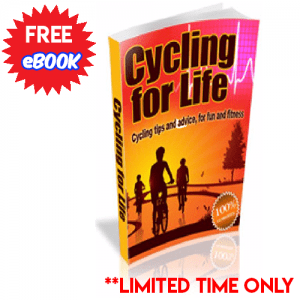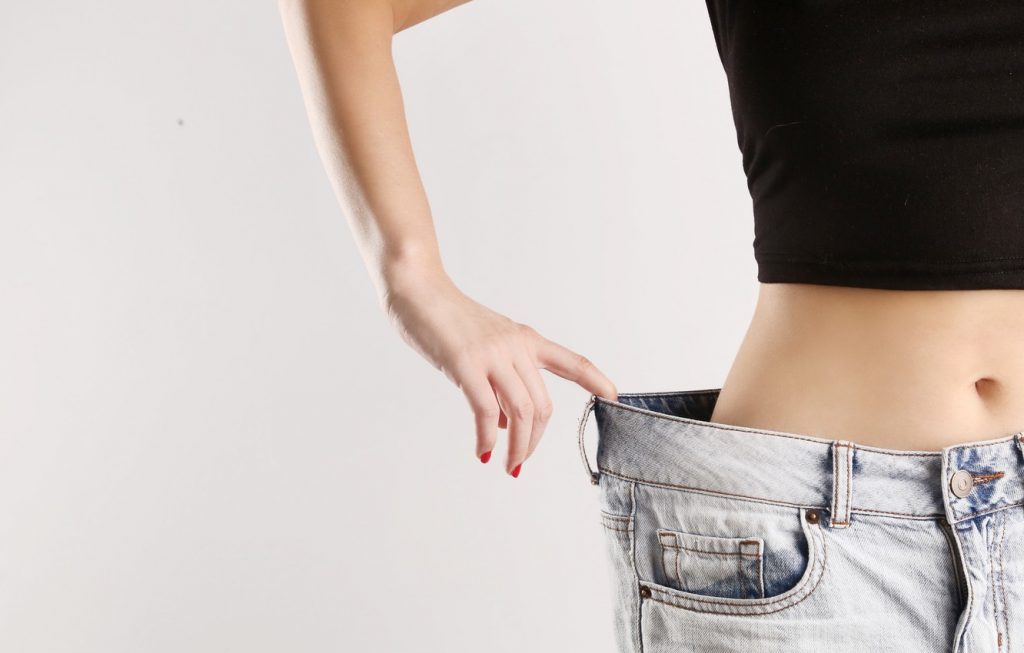 The truth about weight loss and bike riding and what exact bike will help you lose weight is; the bike that you will ride… Unbelievably simple and at first seems to be a completely unhelpful as an answer. My intention after reading this post is that you’ll acknowledge the fact, it is all that really matters.
The truth about weight loss and bike riding and what exact bike will help you lose weight is; the bike that you will ride… Unbelievably simple and at first seems to be a completely unhelpful as an answer. My intention after reading this post is that you’ll acknowledge the fact, it is all that really matters.
I lost count the amount of weeks I have spent searching the “best bike for weight loss” and getting advise from legitimate experts in the field.
A sample of my findings are below a short list of things that I found common in my research to consider when picking a bike for weight loss
- What the type of riding you will be doing
- What is the terrain in the areas you intend to ride in.
- Your weight
- How much budget you have
Just to note we found a great FREE book on cycling tips to help riders at all levels its only free for a short time so thought we should mention it, download yours here!
Table of Contents
1. Type of Riding
[easyazon_image align=”left” height=”417″ identifier=”B00J7J40TM” locale=”US” src=”https://images-na.ssl-images-amazon.com/images/I/51LrPfKCnvL.jpg” tag=”activexsports-20″ width=”500″]Do you plan to riding exclusively on the road (maybe a pure road bike is possible)? Generally established bike trails are paved or they have gravel or sometimes packed dirt (a gravel bike or an adventure bike may be best). You might be planning on riding through the mud and dirt (an “adventure” bike with large big tyres will be a good option)?
Do you plan to ride taking large hops from rock to rock and drops of 10 inches or more (mountain bike is definitely needed)? Are you planning to use the bike to commute to/from work or class (if so, storage may be needed)?
What length of rides are you looking to do? 5–10 mile local rides may suggest different needs than a plan to ride the bike 50 miles per day on a weekend. Are thinking of using the bike to commute to work and save money on your daily travel? Is a triathlon something you gave been considering (then there a bikes to suit this need)
we have an post on triathlon bikes if you want to read more. If you want to lose weight you first have to consider what environment you will be riding in. There is no short answer where I can give you a specific bike, there are different factors to think about and then you can choose the one best suited for you.
2. Terrain
In your area is it mostly flat where you plan to ride? Soft hills? Big mountains with huge descents? If your answer is hilly or mountainous, the gearing (crankset and cassette) and[easyazon_image align=”right” height=”500″ identifier=”B013SD1X9W” locale=”US” src=”https://images-na.ssl-images-amazon.com/images/I/51vEIws21WL.jpg” tag=”activexsports-20″ width=”500″] brakes will become much more vital in helping you coming to a stop safely! Climbing may require access to a wider range of gears and overall lower gearing to make climbing feasible.
If mountains are in your current or future riding, this will be important to think about when selecting the brake type and rims. If long descents where you’ll be frequently braking are in order, you’ll want to strongly consider disc brakes and perhaps ones with larger discs.
3. Your Weight
If you are under 100kg you can skip this section and move on the the budget part. If you are over 100kg? there is positive news: typically it doesn’t matter THAT much as long as you are under 130kg. If you’re above 130kg, there’s still no reason to feel down, just make sure you have a straight forward conversation with the bike shop.
Things to consider if you’re between 100kg and 130kg:
Carbon fiber might not be worth it. The reason why carbon fiber is so popular among cyclists is because that the material is very light which aids the bike in going slightly faster. It has a strength to weight ratio which is around 18% higher than aluminum and 14% higher than steel. So when directly compared to a 7kg bike made with a carbon fiber frame, an aluminum frame bike of similar quality might be 8.25kg.[easyazon_image align=”left” height=”499″ identifier=”B00GI993YG” locale=”US” src=”https://images-na.ssl-images-amazon.com/images/I/51C2Q8eqP8L.jpg” tag=”activexsports-20″ width=”500″]
Compared with the rider weight, you will only be saving 1–2% of rider weight. You will also need to pay attention to the wheels. Especially, pay attention to how much the wheel manufacturer says it can carry. This is rider, clothing, gear and bicycle. You’ll also want to consider getting one with a higher number of spokes.
Wider or “fat” tyres as some refer them to may be more comfortable to ride, especially at 100kg+ weight. This can also be limited by wheel clearance — so knowing what will fit in the bike frame will be important.
- Gearing may also need more consideration. As a general matter, we’re moving more weight and for some, lower gearing may be necessary for climbing. Another consideration is if you use a bigger tire, it is essentially increasing the gearing (making it harder to pedal) due to tire height.
4. Your Budget
- There are good bikes available at all sorts of price points — so you shouldn’t feel the need to spend $5,000 to get a bike if you just want to get fit. That being said, very much like cars, you can spend a little or a lot.[easyazon_image align=”right” height=”500″ identifier=”B079HBQP7Z” locale=”US” src=”https://images-na.ssl-images-amazon.com/images/I/51ZFs%2BGC3xL.jpg” tag=”activexsports-20″ width=”500″]
- Entry level bikes can be easily less than $1000 while a higher-end road bike could have wheels which easily cost > $2,000 with total bike costs of well over $10,000. A good bike shop can get you a bike at almost every price point and amazon has the added bonus of user reviews to give you a realistic opinion on what the bike is like.
- The important thing is for you to know what you’re looking to spend. So what the difference between a $1,500 bike and a $3,000 bike in the same frame style by the same manufacturer? Two things: Weight (the more expensive bike is likely to be made from carbon fiber) and the less expensive one would likely to be aluminium or Groupset.
- The groupset compromises of different things such as the front crank, the cassette, the deraileurs, the brakes and the shifters. The higher the groupset the closer you’re getting to their professional racing grades which offer higher performance (smoother, more exact shifting, better brakes) and lower weight.
- I’ve owned bikes with the higher end of the “budget” groupsets and they’re quality groupsets. Are the more expensive ones better? very much so is it worth it for you? that depends solely on your budget and how much it matters for you in the actual“feel” of the bike.
- Now that you have been given some points to consider, I’ll revert back to the original answer of “the one that you will ride”. Bikes and riders both comes in all shapes, sizes and different variants. As such, anyone offering a single bike as the holy grail to your question is simply being dishonest to you.
- It is truly about finding the bike that you will “enjoy” riding (considering all of the above) that fits your budget. A bike you will enjoy will feel like your not really exercising and you will eventually get more fit. With that being said we have reviewed lots of different bikes and it may be worth checking which one will suit you, Good luck and happy riding!
